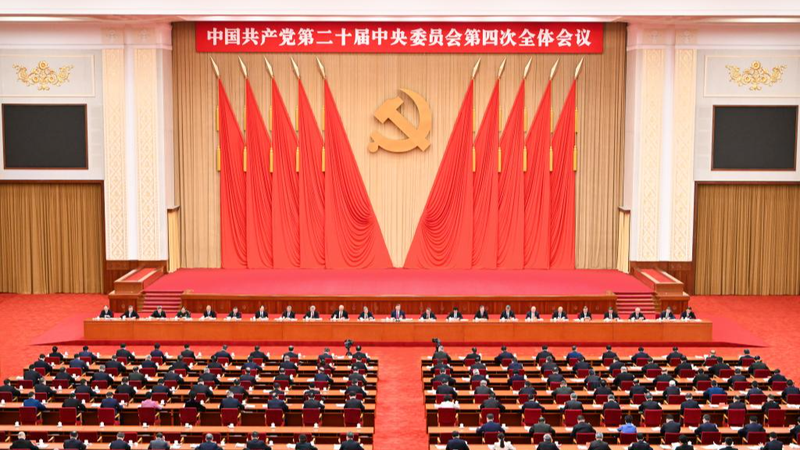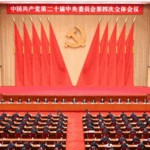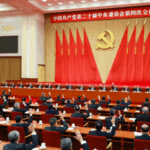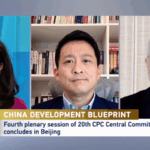China’s roadmap for the next five years is here, and it’s all about tech, innovation, and global leadership. The newly released 15th Five-Year Plan (2026–2030) outlines bold strategies to propel the nation toward its 2035 modernization goals. We break down the key takeaways with insights from economist Xin Ge. 💡
Tech Self-Reliance: The Ultimate Game-Changer
Think semiconductors, AI, and green tech. The plan prioritizes high-level technological self-reliance to dodge foreign bottlenecks and dominate future industries. 🛡️⚡ "This isn’t just about catching up—it’s about leading the next industrial revolution," says Xin Ge. The focus? Building "hard-tech" pillars to transform China from a global assembler to an innovation powerhouse.
New-Quality Growth: Bye-Bye, Old Playbook
Gone are the days of relying on cheap labor and property booms. The new growth engine? Disruptive innovation. 🌱🚀 Think robotics, quantum computing, and life sciences. Traditional industries must automate or risk obsolescence. "It’s a survival-of-the-fittest moment for factories," Ge notes, adding that this shift could redefine China’s role in global supply chains.
Global Impact: BRI 2.0 and Beyond
While the West grapples with inflation, China’s doubling down on global ties. The Belt and Road Initiative (BRI) is evolving into a "Digital Silk Road" 🌐 and "Green Silk Road" 🌿, exporting 5G networks and renewable tech. "This isn’t just infrastructure—it’s a new rulebook for global cooperation," says Ge, highlighting opportunities for emerging economies to leapfrog into digital and green economies.
Reference(s):
Expert Q&A: How Chinese modernization will advance in next five years
cgtn.com








